OpenSim 4.3 was officially released a few weeks ago, and included is the latest Moco release, version 1.1.0. This release includes a variety of new examples and new features to help you answer a broader set of research questions.
The examples exampleIMUTracking
and exampleEMGTracking
were added for the recent 2021 meeting of the Technical Group on Computer Simulation (TGCS). The first
example demonstrates how to create a set of synthetic accelerometer signals from a squat-to-stand
motion, and then track these signals to reconstruct the original trajectory; this example is a
great starting point for incorporating signals from inertial measurement units in your simulations.
The second example demonstrates how to solve the muscle redundancy problem using MocoInverse while
tracking electromyography signals. This example includes a new feature that allows you to optimize
scale factors that allow you to track the shape of the reference EMG signals while scaling their
magnitudes.
Two user-contributed examples that expand the popular example2DWalking are featured in this release. A Matlab version of example2DWalkingMetabolics, contributed by Brian Umberger, has been included to make it easier to get started minimizing metabolic cost in a predictive simulation. Russell Johnson contributed example2DWalkingStepAsymmetry which demonstrates how to predict an asymmetric walking pattern with Moco. This example features the new goals MocoStepTimeAsymmetryGoal and MocoStepLengthAsymmetryGoal which allow you to target specified step time asymmetry and step length asymmetry values with terms in the cost function.
Get Moco 1.1.0 by downloading the OpenSim 4.3 release from SimTK.
More details about this release are in the CHANGELOG.md and CHANGELOG_MOCO.md files.
